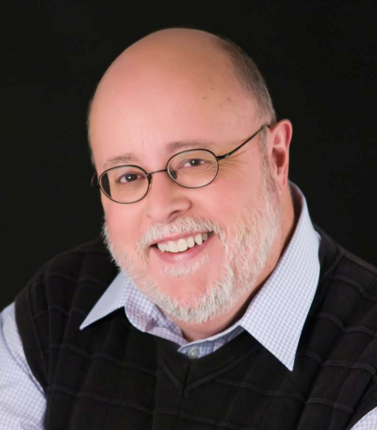How does this sound: Fly coast-to-coast in just 48 hours for only $5,200?
That was the pitch for the first commercial, transcon air service in 1929 operated by TAT, Transcontinental Air Transport, much later to become TWA.

Jim Cameron
Jim Cameron
Founded by aviation pioneer Clement Melville Keys, the firm worked with Charles Lindbergh to also secure lucrative mail contracts. But these flights were a first for passengers.
TAT was mocked as “take a train” because their service combined rail and air service to make it from New York to Los Angeles.
Passengers first boarded an overnight train at 6:05 p.m. from New York’s Penn Station, “the Airways Special.”
This first leg of the journey was to avoid flying over the Allegheny Mountains, known to air mail pilots as “Hell’s Stretch” due to the winds.
After an overnight journey in their luxury Pullman cars, the train arrived at a special rail station at Port Columbus, Ohio’s airport, where they boarded a Ford Tri-Motor.
The small plane had a pilot, co-pilot, steward (always a man) and seated eight or nine passengers. The plane flew at 2,500 feet at about 100 mph — straight through the clouds and rainstorms.
After two hours in flight, the plane made its first (of many) refueling stops in Indianapolis. Sandwiches were brought on board for the next hop, three hours away, in Kansas City. Then Wichita and finally Waynoka, Oklahoma.
The passengers there boarded a special TAT bus and were taken to the train station for their second overnight rail journey. But first came dinner at a purpose-built Harvey House restaurant.
By morning, the train arrived in Clovis N.M., where the passengers were again bused to the nearest airport, Portair N.M., where they had breakfast before boarding another plane to continue on to Albuquerque, Winslow and Kingman Ariz. Over the western mountain ranges, the Tri-Motor sometimes climbed as high as 8,000 feet.
Since the cabin was not pressurized, there was a lot of ear-popping and teeth chattering as a small onboard heater kept the cabin at no better than about 60 degrees. To treat air sickness caused by the turbulence, stewards passed out slices of lemon.
Finally, at about 6 pm Pacific Time, more than 48 hours after leaving New York, these aviation pioneers arrived in Los Angeles. The one-way fare was $352 (equal to $5,200 in today’s dollars), and that was for the cheapest Pullman train accommodation, a lower berth.
Direct train service coast-to-coast in 1930 took three days, so the time savings by air was hard to justify when TAT tickets cost 50 percent more than luxurious Pullmans by rail.
In its first 18 months in operation, the TAT transcons lost $2.7 million ($41 million in 2019 dollars). It didn’t help that, to maintain the prestige of flying TAT, each passenger was given a solid gold fountain pen from Tiffany’s.
Then came the stock market crash of 1929. And on Sept. 3, 1929, a literal crash, as a TAT plane collided with a New Mexico mountain killing all eight on board. This was the first fatal crash of a commercial airplane, but just the first of three serious accidents in the next five months for TAT.
You can now fly non-stop from New York to Los Angeles in six hours for less than $200 one-way. You’ll cruise in comfort in a pressurized cabin at 35,000 feet, watch a movie and surf the web — and you might even get a meal.

Publicity photo for TAT
Charles Lindbergh with TAT officials. Lindbergh helped the new airline get contracts to transport mail and worked for TAT, which became known as “The Lindbergh Line,” and Pan American Airways. He flew over the site of the New Mexico crash to get information about what happened. He didn’t move to Darien until years later, after the kidnapping of one of his children.
____________________
Editor’s note: You can read more about the 1929 airplane crash here.
____________________
Jim Cameron has been a Darien resident for more than 25 years. He is the founder of the Commuter Action Group, sits on the Merritt Parkway Conservancy board and also serves on the Darien RTM and as program director for Darien TV79. The opinions expressed in this column, republished with permission of Hearst CT Media, are only his own. You can reach him at CommuterActionGroup@gmail.com.


